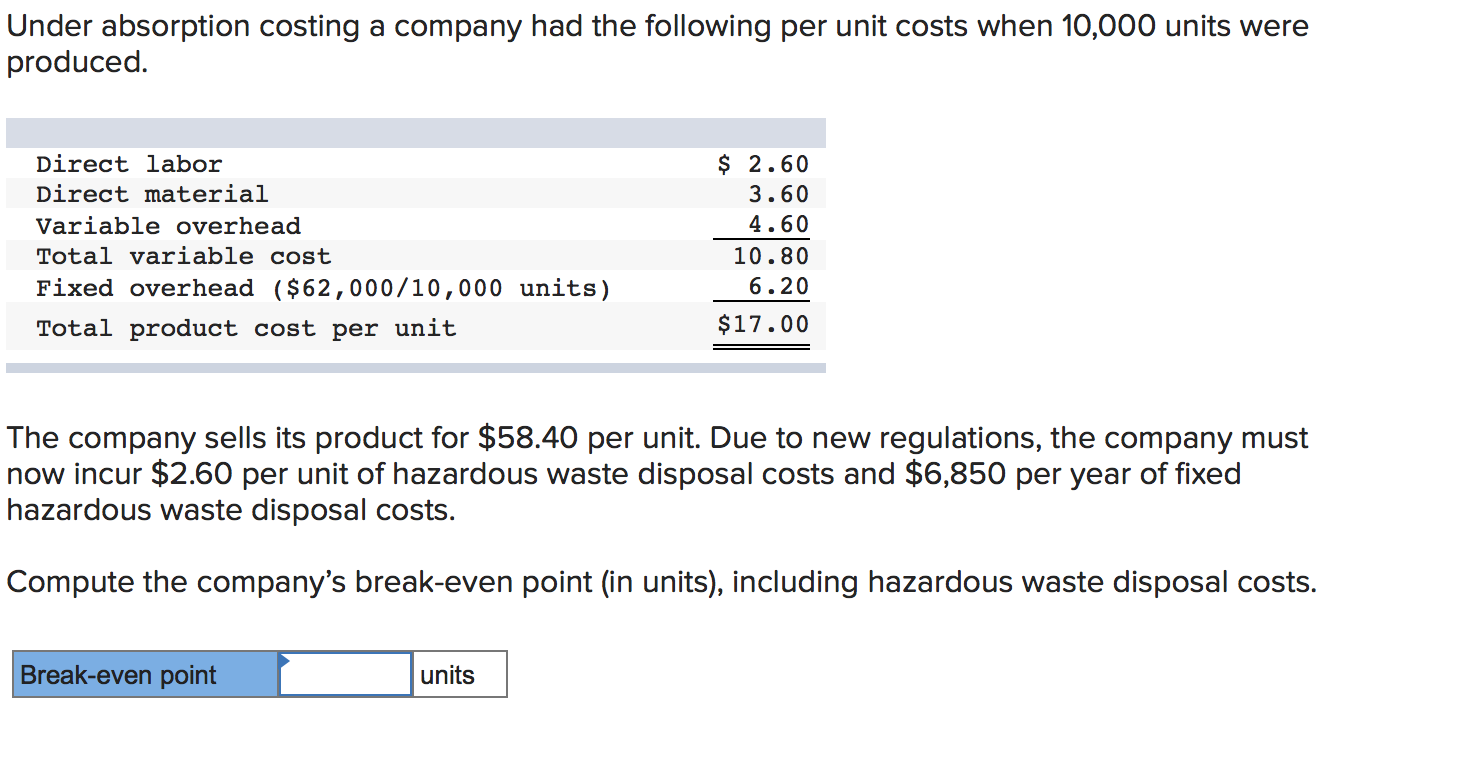If you hire employees, you’ll need workers compensation, unemployment, and disability insurance. Beyond those policies, you should also look into general liability and commercial property insurance to protect yourself, your business, and your properties. We believe everyone should be able to make financial decisions with confidence.
How to Plan, Start, & Grow a Real Estate Business
Net margins, however, account for not just the purchase and renovation costs but also all other expenses a house flipper incurs, such as financing costs, holding costs, real estate agent fees, and taxes. This figure is obtained by subtracting all operating expenses from the gross profit. Firstly, you must have a comprehensive understanding of your total investment in the property. This includes the purchase price, renovation costs, carrying costs such as utilities and property taxes, and any other expenses incurred during the flipping process. You should also be prepared to demonstrate your knowledge of the real estate market, your renovation plan, and your timeline for the flip.
Understanding your target neighborhood’s past, present, and future dynamics will set the stage for a successful and profitable house-flipping venture. You’ll be able to list your own properties for sale, meaning you can save large sums of money in the long run since you won’t have to pay out commission fees. At a minimum, this includes choosing a type of business structure and acquiring any required licenses or permits. If you’re operating in an office outside of your home, for example, you’ll need a general business license.
Hire the right people
Add to that an unexpected structural problem with the property, and a gross profit can become a net loss. So if you plan to fix and sell a house for a profit, the sale price must exceed the cost of acquisition, renovation costs, and holding costs combined. This approach not only supports local businesses and reduces your carbon footprint but also ensures that your renovations are well-received and what is full charge bookkeeping valued by the community.
Are Apple Smart Glasses in the Works? Apple Is Eyeing Meta’s Ran-Ban Success Story, According to a New Report.
You may invest a ton of time and money into creating a product, only to find out that there isn’t as large of an audience for it as you thought. Regularly revisiting your business plan and values can help ensure that your growth strategies stay true to your vision, allowing you to sustain the essence of your business as it expands. Scaling your operations to handle more or larger projects may require hiring additional staff, investing in project management software, or even opening an office to manage your business affairs. Networking with local contractors, suppliers, and real estate professionals can lead to referrals and partnerships. Collecting reviews and testimonials from previous buyers can establish credibility and entice new clients. Sharing home improvement tips or design trends can engage your audience and position you as an authority in real estate and home renovation.
We understand that as a house flipper, you’ll be immersed in renovations, market analysis, and property management. Therefore, we’ve crafted a straightforward marketing strategy that aligns with the insights from our business plan for house flipping. To craft an effective house flipping business plan, thorough research is imperative. Be realistic with your financial estimates and understand the risks involved.
Wholesalers also scout income properties, and longer-term appreciation plays for real estate investors. Before you launch into the house flipping process, you’ll want to spend some time devising a business plan. A business plan is a detailed document that consists of many different elements, including your company name and description, mission statement, budget, market analysis, and more. Finally, while real estate markets differ from city to city and region to region, you can start a house flipping business just about anywhere. Evaluating the success of your current flips involves looking at profit margins, the speed of sales, and the efficiency of your renovation processes.
- The most comprehensive plans are more than just organizational tools; they become a compass that keeps your goals, objectives, and missions on track.
- These platforms will provide details on the property and have photos, descriptions and relevant prices.
- In addition to rewarding investors with more time to do the things they love, recent data also support the profitability of flip projects.
- Before taking any action, financial or otherwise, it’s crucial that writing a business plan is the first step in starting your own house-flipping business.
In the first quarter of this year alone, “72,960 single-family homes and condominiums in the United States were flipped,” according to ATTOM Data Solutions’ latest Home Flipping Report. Home flips at that time represented 9.0% of all sales in the United States. More importantly, the investments yielded an impressive gross profit, with a median gain of $56,000 per flip. The profits translate into a remarkable 22.5% return on investment compared to the original acquisition price.

